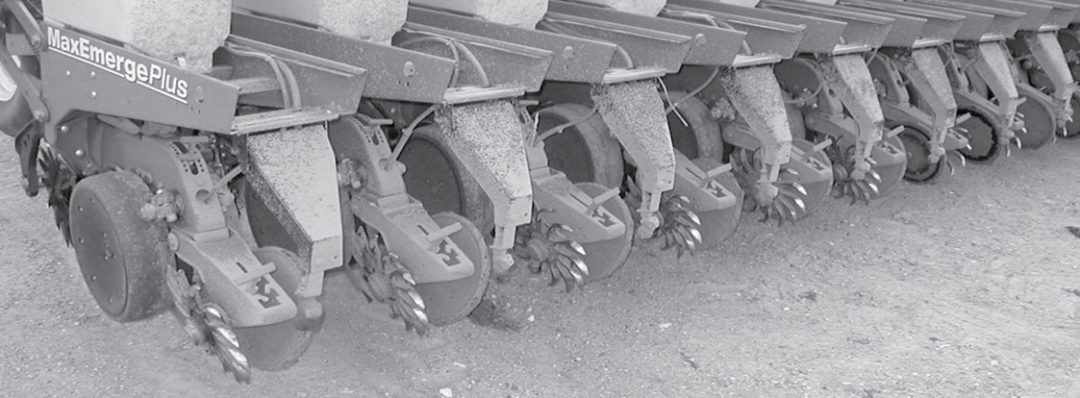No-Till Farmer
Get full access NOW to the most comprehensive, powerful and easy-to-use online resource for no-tillage practices. Just one good idea will pay for your subscription hundreds of times over.

“If you think no-tilling is just planting without tillage, you’re going to fail at no-tilling,” says Paul Jasa, an ag engineer at the University of Nebraska.
Instead, he says, “Think of a systems approach. Think about how each decision fits with your machine management, your time management and your acreage management. Think about how each step affects the next.”
To develop a systems approach, strive for uniformity, Jasa suggests. “A lot of people think about uniformity of a plant stand or of a herbicide application. When I look at a no-till field, I want uniformity every day of the year, if possible. I want everything I do in the field to try to maintain uniformity.”
Residue management is key, he stresses, saying, “Residue is what drives the successful no-till system.”
Jasa emphasizes spreading the residue uniformly across the field to create a uniform seedbed. “With uniform residue, every seed in the field is under the same layer of residue, in the same soil moisture conditions, in the same soil temperature condition. That’s going to be your best shot for a uniform stand,” he says.
To get uniform residue distribution, work from the downwind side of the field while harvesting to help avoid windrows, he says. And make sure the corn head is working properly, spreading only a few husks and an occasional tassel.
Beware residue that hangs up on the header or combine then comes off in clumps, he warns. “The majority of the handling problems you have…